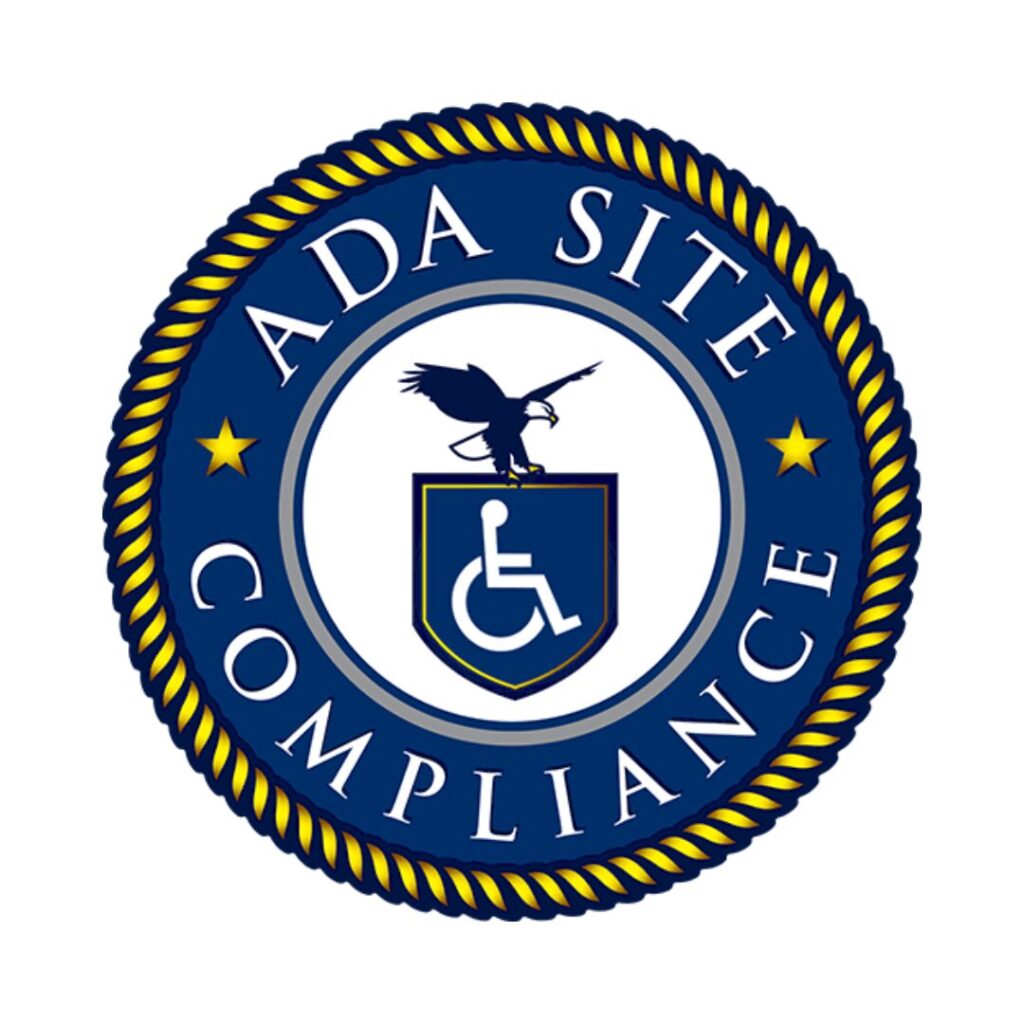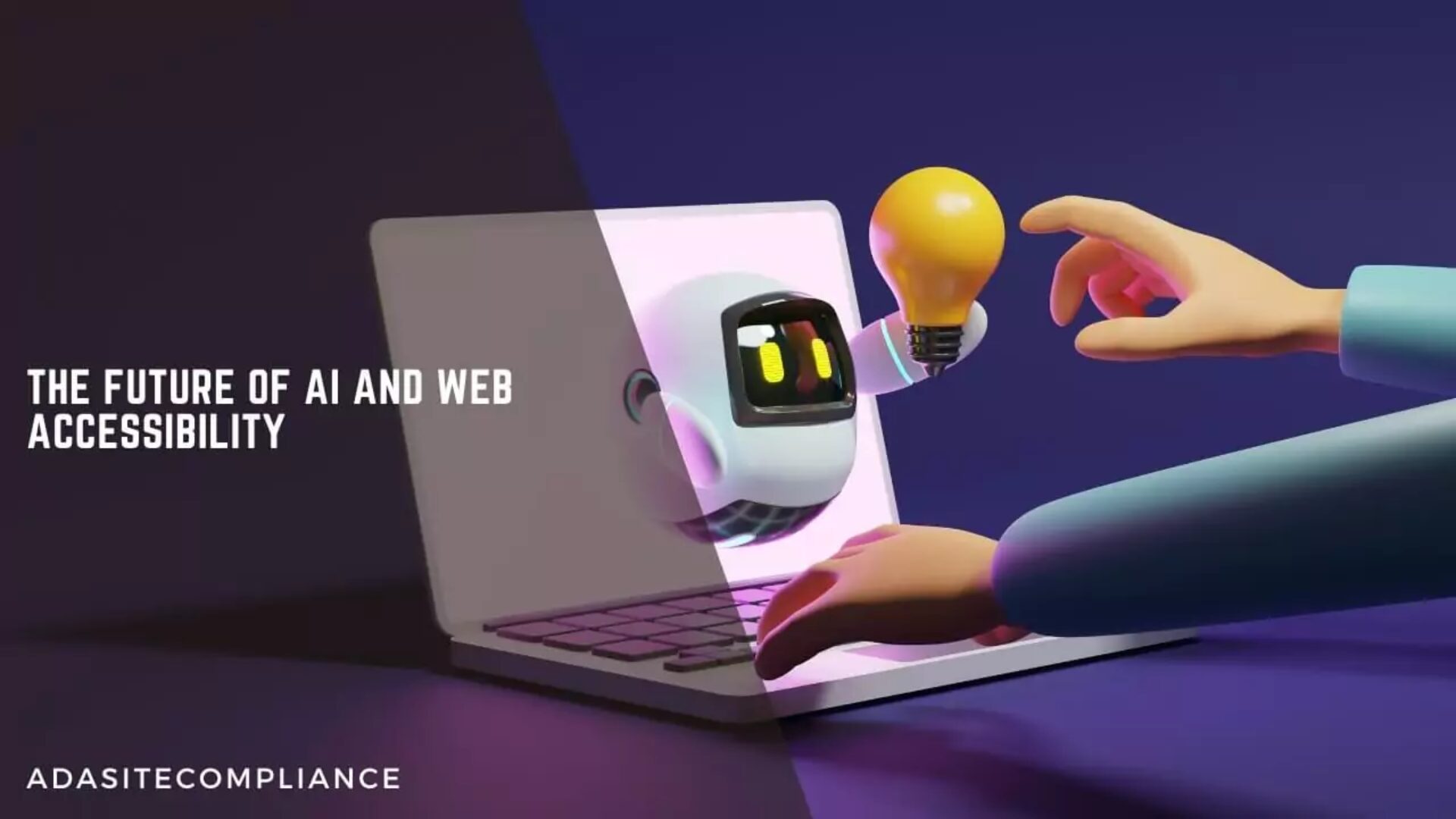 In today’s increasingly digital world, ensuring equal access to information is crucial. Many individuals with disabilities still encounter challenges when accessing online content, whether it be websites, articles, or videos, due to barriers that often go unnoticed by able-bodied individuals. This is where artificial intelligence (AI) has the potential to make a game-changing difference, enhancing the inclusivity of online platforms for everyone.
In today’s increasingly digital world, ensuring equal access to information is crucial. Many individuals with disabilities still encounter challenges when accessing online content, whether it be websites, articles, or videos, due to barriers that often go unnoticed by able-bodied individuals. This is where artificial intelligence (AI) has the potential to make a game-changing difference, enhancing the inclusivity of online platforms for everyone.
Imagine a future where everyone, regardless of their abilities, can access digital content seamlessly. This vision is already becoming a reality, thanks to innovations in AI. AI technologies are rapidly improving digital accessibility by breaking down barriers that previously made navigating online spaces difficult for individuals with disabilities.
Artificial intelligence, particularly machine learning algorithms, enables computers to “learn” and evolve without being explicitly programmed to handle every scenario. As AI becomes more advanced, it is playing a critical role in addressing accessibility challenges, making it easier for those with visual, auditory, or cognitive impairments to navigate the web and access information.
AI technologies like natural language processing (NLP) and computer vision are integral to these advancements. NLP, for instance, makes text more readable and accessible for individuals with cognitive disabilities, learning disorders, and age-related cognitive decline. On the visual side, computer vision algorithms are enabling tools that help users understand images and videos, which can be life-changing for those with visual impairments.

Some of the most exciting recent developments in AI have already begun to enhance web accessibility:
- GPT-4 and Be My Eyes: OpenAI’s GPT-4 has been leveraged in partnership with Be My Eyes to provide visually impaired individuals with a Virtual Volunteer, which helps interpret visual content, making websites more navigable.
- Apple’s Accessibility Features: Apple continues to lead in accessibility innovation with new tools like improved Voice Control, customizable Siri options, and a simplified Assistive Access mode to cater to users with motor or cognitive disabilities. These features make it easier for people to control devices and access information.
- Google’s Enhanced Navigation for Maps: Google has improved its Maps platform, providing wheelchair-accessible routes, enhanced navigation for visually impaired users, and identity attributes for locating disabled-owned businesses.
All of these advancements demonstrate how AI is not only addressing accessibility issues but also improving the overall user experience for everyone. By removing barriers, AI helps individuals with disabilities engage more fully with digital content, while also making websites more user-friendly for the general population.
Despite the exciting progress AI has made in web accessibility, challenges remain. AI is not yet perfect. For instance, image recognition tools can struggle with complex scenes, and text simplification using NLP might result in a loss of nuance or meaning. Speech recognition, while greatly beneficial, still faces accuracy issues, especially when handling diverse accents or background noise.
 Furthermore, there is the risk of over-reliance on AI. While AI-driven tools can significantly enhance web accessibility, they should not be seen as a universal solution. Human oversight, combined with a thorough understanding of accessibility principles, is still needed to address more complex accessibility challenges that AI alone cannot resolve.
Furthermore, there is the risk of over-reliance on AI. While AI-driven tools can significantly enhance web accessibility, they should not be seen as a universal solution. Human oversight, combined with a thorough understanding of accessibility principles, is still needed to address more complex accessibility challenges that AI alone cannot resolve.
As AI continues to evolve, it holds tremendous potential for making the digital world more inclusive. Developers and organizations can use AI tools to discover and address accessibility issues faster and more efficiently. However, it is important to remember that AI should complement—not replace—human expertise in creating a truly accessible and inclusive online experience.
The future of AI-driven web accessibility is promising, and as technology continues to improve, we can expect to see even greater strides in creating digital platforms that work for everyone.
Thank you to ADA Site Compliance and their team of accessibility experts and web developers who stay updated with the latest regulatory trends to help organizations like yours ensure all web content meets accessibility standards. To dive deeper into how AI is revolutionizing web accessibility, read the full article here.

